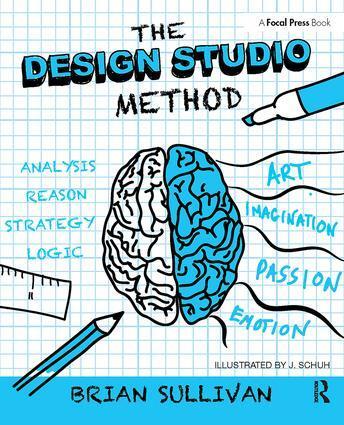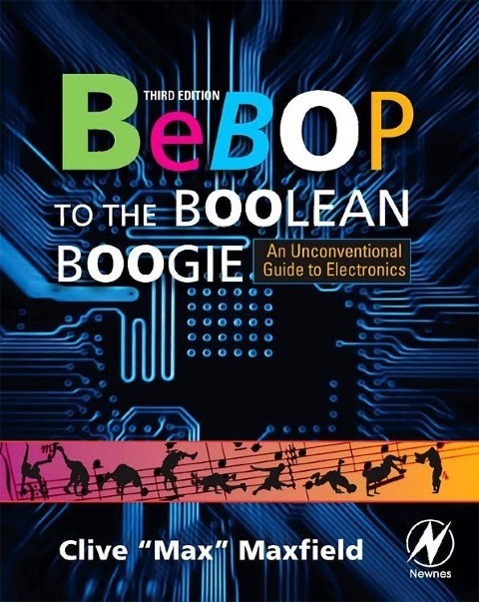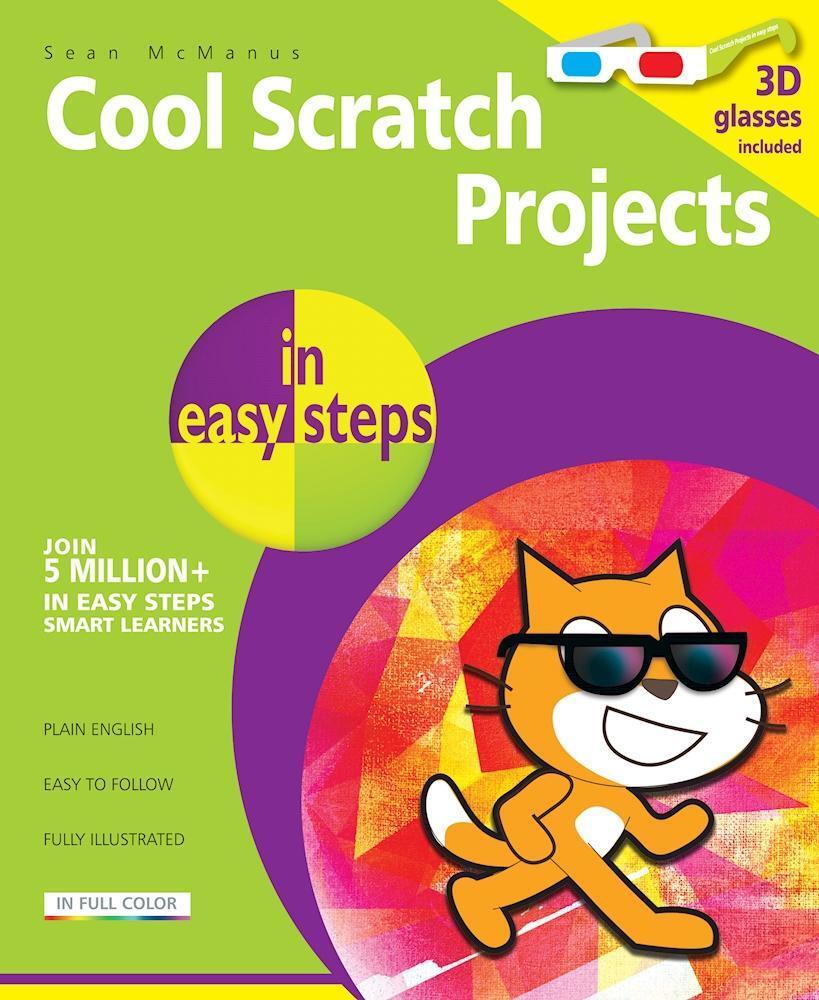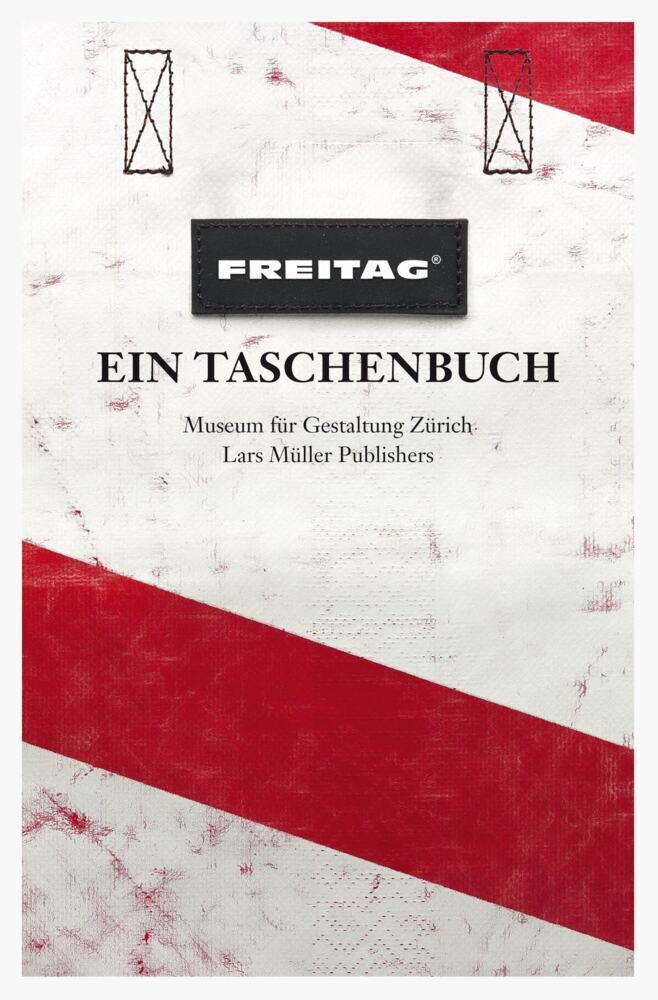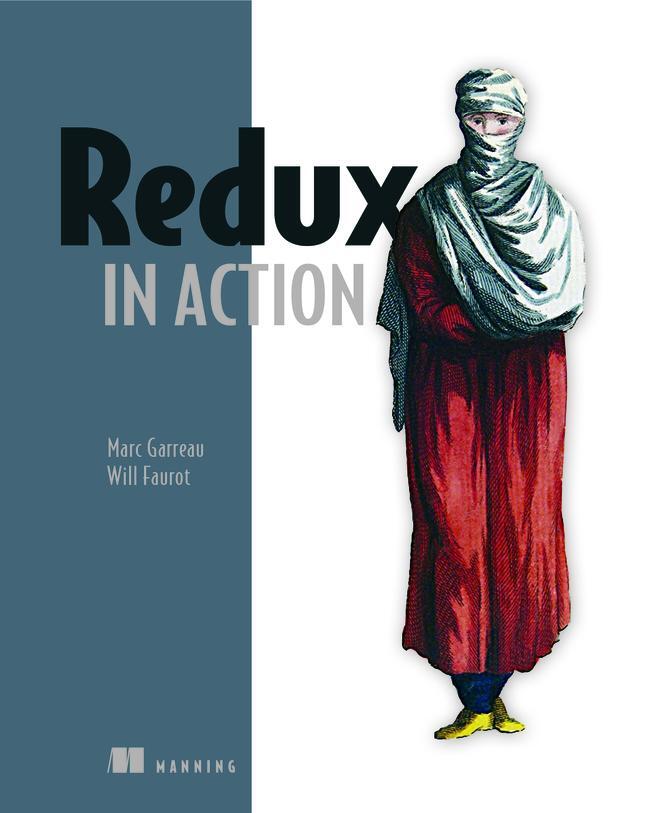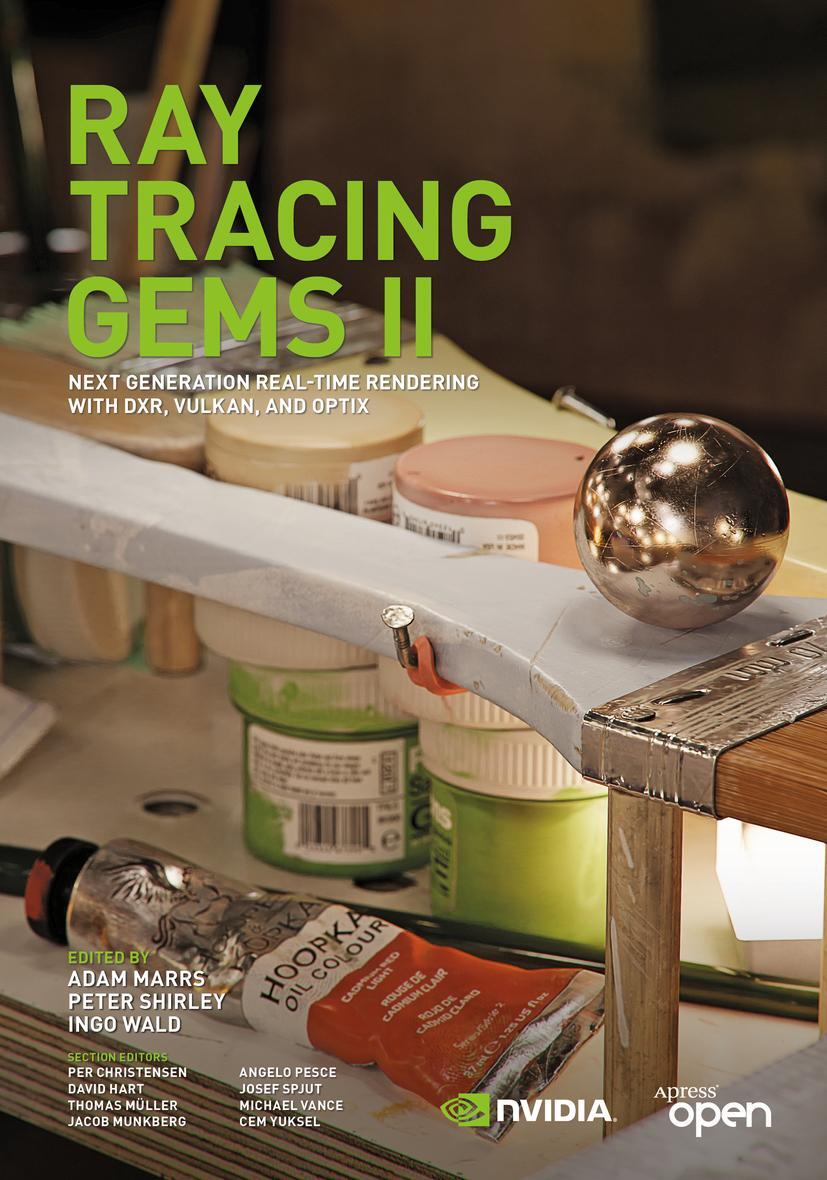62,50 €*
Versandkostenfrei per Post / DHL
Aktuell nicht verfügbar
The Design Studio Method is a method that allows a team to successfully implement collaborative design, thus doing away with the siloed approach that plagues many design agencies and teams today. It is a complicated process that consists of many moving parts and talking heads. The Design Studio Method helps simplify the method, explaining each step, each participant's involvement, and how to adapt to your needs.
The Design Studio Method gives you a look into Design Studio Methods, providing step-by-step procedures for all stages of the successful method. From illumination, to generation, to presentation, all the way to iteration, this book provides a road map to the sometimes complicated, yet incredibly helpful method.
Accompanying the step-by-step procedures are the author's very successful Da Vinci Design notes. These notes are taken from the methods the master used himself when he designed his products and inventions, and are applied to modern-day procedures. Case studies and real-world examples are provided at the ends of chapters to help you get a better idea of how this method works in a professional setting. Finally, ways of adapting Design Studio are provided, to make it fit designers' specific needs (more agile, dealing with non collaborators, etc).
The Design Studio Method: Creative Problem Solving with UX Sketching gives answers that designers have been looking for, showing them how to be innovative and efficient without sacrificing quality and collaboration.
The Design Studio Method is a method that allows a team to successfully implement collaborative design, thus doing away with the siloed approach that plagues many design agencies and teams today. It is a complicated process that consists of many moving parts and talking heads. The Design Studio Method helps simplify the method, explaining each step, each participant's involvement, and how to adapt to your needs.
The Design Studio Method gives you a look into Design Studio Methods, providing step-by-step procedures for all stages of the successful method. From illumination, to generation, to presentation, all the way to iteration, this book provides a road map to the sometimes complicated, yet incredibly helpful method.
Accompanying the step-by-step procedures are the author's very successful Da Vinci Design notes. These notes are taken from the methods the master used himself when he designed his products and inventions, and are applied to modern-day procedures. Case studies and real-world examples are provided at the ends of chapters to help you get a better idea of how this method works in a professional setting. Finally, ways of adapting Design Studio are provided, to make it fit designers' specific needs (more agile, dealing with non collaborators, etc).
The Design Studio Method: Creative Problem Solving with UX Sketching gives answers that designers have been looking for, showing them how to be innovative and efficient without sacrificing quality and collaboration.
Chapter 1: All about Design Studios
- What is a Design Studio?
- When Do You Do a Design Studio?
- A Word of Caution
- Other UX Sketching Methods
- Sketchboarding
- 6-UP
- RIPS
- Summary and Tips
- Use Whole-Brain Thinking
- Generate Ideas with Left-Brain
- Evaluate Ideas with Right-Brain
- Four Rules for Generating Ideas
- Strive for Quantity
- Defer Judgment (Positive and Negative)
- Seek New Combinations
- Use Your Imagination
- Four Rules for Evaluating Ideas
- Use Positive Judgment First
- Consider Novelty
- Stay Focused
- Redirect, If Needed
- Summary
- Is a Design Studio Needed for Your Project?
- Choose Participants
- Assign Roles
- Facilitator
- Sketcher
- Scribe
- Determine What to Sketch
- Sketch Initial Concepts
- Evaluate Sketches
- Vote on Best Sketches
- Re-sketch or Mash-up
- Debrief Meeting
- Summary
- Draw One Concept Per Page
- Do Not Use a Computer
- Use Markers and Paper
- Do Not Color Your Sketches
- Do Not Provide Too Much Detail
- Use Annotations and Arrows
- Provide a Brief Description
- Summary and Tips
- Using Edward DeBono's Thinking Hats
- White Hat for Fact Finding
- Blue Hat for Organizing
- Green Hat for Generating Ideas
- Yellow Hat for Positive Evaluations
- Black Hat for Critical Inspections
- Red Hat for Voting
- Summary and Tips
- Keeping a Digital Record
- Access for Others to Review (Confidential or Open)
- Sharing with the Rest of the Team
- Serves as Vision Board for Future Projects
- Summary and Tips
- Build a Wireframe after the Design Studio
- Sharing with the Other Sketchers
- To gain consensus
- To get alignment
- Sharing with the Project Team
- To show off your project vision
- To get alignment
- Sharing with Executives
- To get executive buy-in
- To obtain funding and resources
- Summary and Tips
- Keeping a Digital Record
- Access for Others to Review (Confidential or Open)
- Sharing with the Rest of the Team
- Serves as Vision Board for Future Projects
- Summary and Tips
- Immediate Things to Do
- Sharing Your Final Sketches
- Preparing Your Wireframes
- Testing Your Results
- Low-Fidelity Testing
- RITE Testing
- Prototype Testing
- Summary and Tips
Chapter 2: Generating and Evaluating Ideas
Chapter 3: Steps in a Design Studio
Chapter 4: Making Sketches Presentable
Chapter 5: Controlling the Conversation
Chapter 6: Storing Your Work
Chapter 7: Sharing Your Results
Chapter 8: Working with Remote People
Chapter 9: Next Steps
| Erscheinungsjahr: | 2015 |
|---|---|
| Fachbereich: | Datenkommunikation, Netze & Mailboxen |
| Genre: | Informatik |
| Rubrik: | Naturwissenschaften & Technik |
| Medium: | Taschenbuch |
| Seiten: | 192 |
| ISBN-13: | 9781138022560 |
| ISBN-10: | 113802256X |
| Sprache: | Englisch |
| Einband: | Kartoniert / Broschiert |
| Autor: | Sullivan, Brian |
| Hersteller: | Taylor & Francis |
| Maße: | 236 x 189 x 12 mm |
| Von/Mit: | Brian Sullivan |
| Erscheinungsdatum: | 26.08.2015 |
| Gewicht: | 0,439 kg |
Chapter 1: All about Design Studios
- What is a Design Studio?
- When Do You Do a Design Studio?
- A Word of Caution
- Other UX Sketching Methods
- Sketchboarding
- 6-UP
- RIPS
- Summary and Tips
- Use Whole-Brain Thinking
- Generate Ideas with Left-Brain
- Evaluate Ideas with Right-Brain
- Four Rules for Generating Ideas
- Strive for Quantity
- Defer Judgment (Positive and Negative)
- Seek New Combinations
- Use Your Imagination
- Four Rules for Evaluating Ideas
- Use Positive Judgment First
- Consider Novelty
- Stay Focused
- Redirect, If Needed
- Summary
- Is a Design Studio Needed for Your Project?
- Choose Participants
- Assign Roles
- Facilitator
- Sketcher
- Scribe
- Determine What to Sketch
- Sketch Initial Concepts
- Evaluate Sketches
- Vote on Best Sketches
- Re-sketch or Mash-up
- Debrief Meeting
- Summary
- Draw One Concept Per Page
- Do Not Use a Computer
- Use Markers and Paper
- Do Not Color Your Sketches
- Do Not Provide Too Much Detail
- Use Annotations and Arrows
- Provide a Brief Description
- Summary and Tips
- Using Edward DeBono's Thinking Hats
- White Hat for Fact Finding
- Blue Hat for Organizing
- Green Hat for Generating Ideas
- Yellow Hat for Positive Evaluations
- Black Hat for Critical Inspections
- Red Hat for Voting
- Summary and Tips
- Keeping a Digital Record
- Access for Others to Review (Confidential or Open)
- Sharing with the Rest of the Team
- Serves as Vision Board for Future Projects
- Summary and Tips
- Build a Wireframe after the Design Studio
- Sharing with the Other Sketchers
- To gain consensus
- To get alignment
- Sharing with the Project Team
- To show off your project vision
- To get alignment
- Sharing with Executives
- To get executive buy-in
- To obtain funding and resources
- Summary and Tips
- Keeping a Digital Record
- Access for Others to Review (Confidential or Open)
- Sharing with the Rest of the Team
- Serves as Vision Board for Future Projects
- Summary and Tips
- Immediate Things to Do
- Sharing Your Final Sketches
- Preparing Your Wireframes
- Testing Your Results
- Low-Fidelity Testing
- RITE Testing
- Prototype Testing
- Summary and Tips
Chapter 2: Generating and Evaluating Ideas
Chapter 3: Steps in a Design Studio
Chapter 4: Making Sketches Presentable
Chapter 5: Controlling the Conversation
Chapter 6: Storing Your Work
Chapter 7: Sharing Your Results
Chapter 8: Working with Remote People
Chapter 9: Next Steps
| Erscheinungsjahr: | 2015 |
|---|---|
| Fachbereich: | Datenkommunikation, Netze & Mailboxen |
| Genre: | Informatik |
| Rubrik: | Naturwissenschaften & Technik |
| Medium: | Taschenbuch |
| Seiten: | 192 |
| ISBN-13: | 9781138022560 |
| ISBN-10: | 113802256X |
| Sprache: | Englisch |
| Einband: | Kartoniert / Broschiert |
| Autor: | Sullivan, Brian |
| Hersteller: | Taylor & Francis |
| Maße: | 236 x 189 x 12 mm |
| Von/Mit: | Brian Sullivan |
| Erscheinungsdatum: | 26.08.2015 |
| Gewicht: | 0,439 kg |

